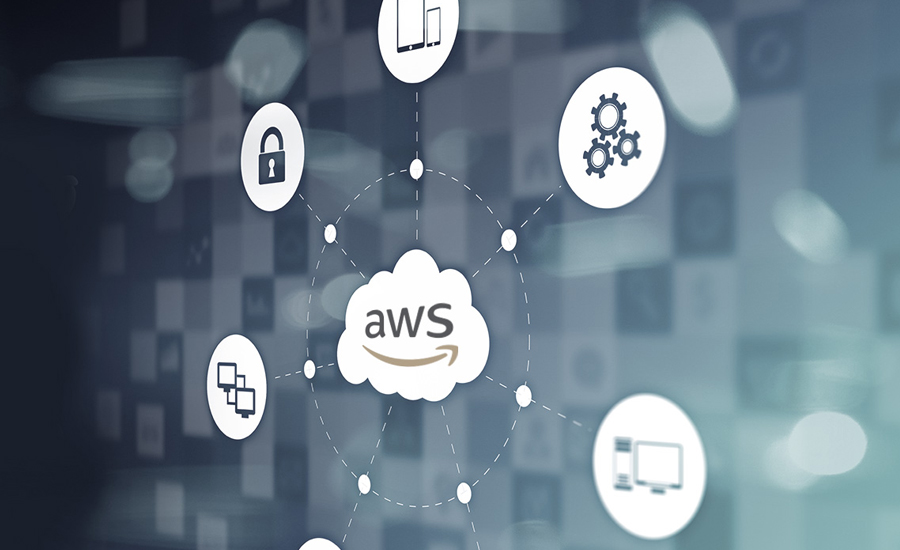AWS migration is a game-changer for businesses looking to move their infrastructure from on-premise environments, physical servers, or public clouds to a more scalable and secure platform. This process empowers companies to migrate applications, websites, databases, and entire workloads with minimal disruption and improved efficiency.
Why Consider AWS Migration ?
Organizations that adopt cloud migration to AWS often notice a shift in their operational focus. Rather than managing legacy systems, teams can now dedicate more time to innovation, scaling services, and improving customer experience.
In fact, AWS migration provides businesses with a robust cloud ecosystem that supports growth, agility, and long-term digital transformation.
Key Benefits of Migrating to AWS
Based on AWS performance insights from 2018 to 2020, businesses have reported:
-
Up to 31% reduction in infrastructure costs
-
69% less unplanned downtime
-
Three times more features delivered each year
-
62% better IT infrastructure efficiency
-
43% fewer security concerns annually
Clearly, this is more than just a shift—it’s a catalyst for measurable growth.
How AWS Migration Works
To ensure a successful move, AWS encourages a planned approach involving analysis, tool selection, and skilled execution. Whether you’re transitioning applications, re-platforming databases, or relocating virtual servers, a portfolio assessment forms the foundation of your strategy.
AWS supports this with tools such as:
-
AWS Migration Evaluator
-
AWS Application Discovery Service
-
AWS Migration Hub
These tools provide deep insights into your workloads and help determine the right migration path.
A Step-by-Step Approach to AWS Migration
Accelerating your migration to AWS involves a structured process, usually broken into three key stages:
1. Assess
In this phase, businesses evaluate their readiness for the cloud. This includes identifying workloads, estimating costs, and aligning migration goals with business objectives. Tools like the AWS Migration Evaluator and AWS Prescriptive Guidance are especially helpful.
2. Mobilize
Here, you build your migration plan. This phase focuses on closing any gaps discovered during the assessment, optimizing resources, and preparing systems for cloud transition. Useful tools include:
-
AWS Application Discovery Service
-
AWS Landing Zone
-
AWS Control Tower
3. Migrate and Modernize
Finally, organizations begin transferring workloads and updating their applications. In many cases, it’s best to lift and shift first, then modernize within AWS. Key services supporting this phase include:
-
AWS Application Migration Service (MGN)
-
AWS Server Migration Service
-
VMware Cloud on AWS
-
AWS DataSync and AWS Snow Family
These services enable a secure and seamless cloud transformation.
Final Thoughts
Accelerating AWS migration isn’t just about speed—it’s about strategy. When done right, it unlocks a world of scalability, innovation, and resilience. By using AWS tools and following a well-defined process, organizations can future-proof their operations and embrace a more agile way of doing business.

